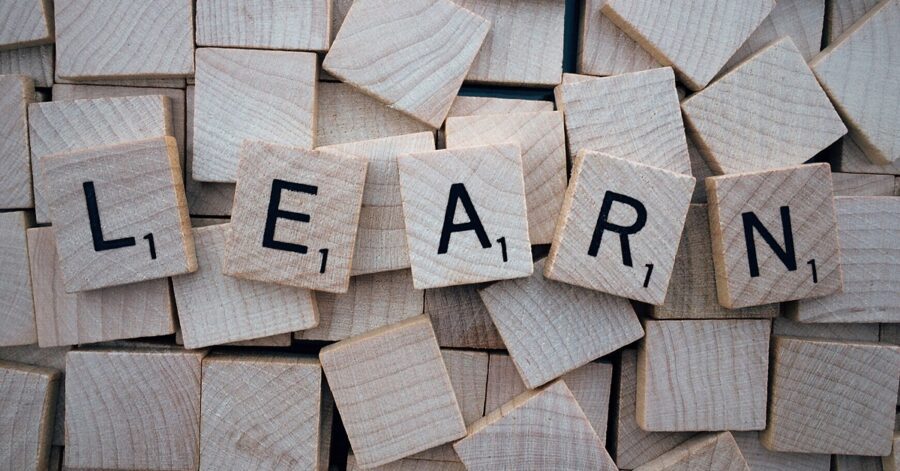If you want to learn a new language, consider the example of Mr. Bowditch in Carry On, Mr. Bowditch by Jean Lee Latham.
If you need a refresher, Carry On, Mr. Bowditch is the story of an early American merchant who spends quite a bit of his time at sea. As Bowditch sails around the world selling his wares, he teaches himself various languages. He begins with Latin. After Latin, he teaches himself Portuguese, Spanish, and French.
How does he do it?
The Real Trick to Learning a New Language
Simple. Read the Bible in another language. As Nathaniel Bowditch discovered, it really does require only four cheap items: a bilingual dictionary, Bibles in both languages, and a grammar book of your chosen language.
I would add one thing to that list, however: audio training. Nathaniel Bowditch did not have this in the 1700s, but we have it today, and we should use it.
Use Audio Editions
Until recently, there was almost no audio content available for Latin. This changed in 2011, when Faith Comes by Hearing released Bible.is. Here you will find the entire New Testament, fully dramatized as an audio book, in Latin, for free! Thanks to Bible.is, you now have access to a massive Latin audio book. This is significant, because such an audio book has never been available in Latin before.
For Christian students, this is fantastic news. You should be reading the Bible daily anyway, and now you will be able to read the Bible and learn Latin at the same time.
The Benefits of Using the Bible to Learn Another Language
Whether or not you are not a Christian, the Bible can be your greatest resource when learning a new language.
1. The Bible has Influenced Our World Profoundly
To be ignorant of the Bible is to be ignorant of the most influential book on the planet. Just as you cannot fully understand the history of the Middle East without reading the Koran, you simply cannot fully understand the history of our world without some knowledge of the Bible. Its impact is undeniable.
2. Free Audio Bibles Provide the Most Widely Available Study Material
I have personally scoured the Internet looking for audio content in Latin. Until the release of Bible.is, I was only able to find snippets. Nothing comprehensive was available.
3. The Bible is Simple
Written at what scholars tend to gauge as a 6th-grade reading level, the Bible is the perfect introductory material to learn a new language with.
4. The Bible Exists in So Many Languages
Do you already speak French? Read the Bible in Latin and French simultaneously. Your understanding of French and Latin will grow. The same is true of it in nearly any other language!
How to Use the Bible to Learn Another Language
1. Listen to/Read the Gospels Daily
Spend an hour or so just listening to one of the four Gospels every day. You may understand nothing in the beginning, but that doesn’t matter; do it anyway. In time, you will understand.
2. Spend 30 Minutes to an Hour Daily Studying Your Grammar book
By the end of one year, after working through the Latin grammar, listening to the Bible in Latin, and consulting the Latin dictionary as you go, you will understand most of what you hear.
The “Secret Sauce” You’ll Need to Learn a Language
There is one more thing Nathaniel Bowditch had that you are going to need: grit.
Latin is not an easy language to learn. He stuck to it. He chose not to give up when it was difficult. You, too, are going to need a heavy dose of grit as you learn Latin, or any other language.
Combine a bilingual dictionary, Bibles in both languages, a grammar book of your chosen language. along with a good dose of grit, and you could be reading fluently within a year!




